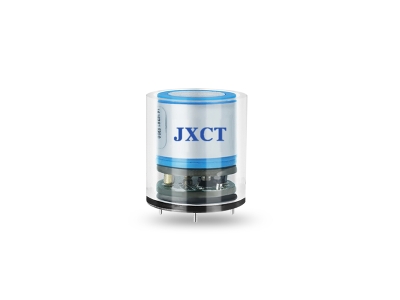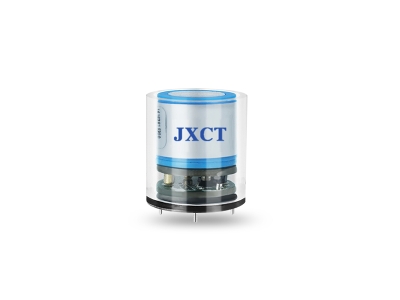Urban air pollution has become a critical environmental issue in many cities around the world. Poor air quality poses significant health risks and affects the overall well-being of urban populations. To address this challenge, innovative technologies such as gas sensors are revolutionizing the way we monitor and manage urban air quality. This article explores the role of gas sensors, their working principles, and the benefits they offer in enhancing our understanding of air pollution and driving policies for cleaner and healthier cities.
Understanding Gas Sensors:
Gas sensors are devices designed to detect and measure the concentration of specific gases in the surrounding environment. They employ various sensing technologies, including electrochemical, semiconductor, optical, and infrared methods, to detect target gases such as carbon monoxide (CO), nitrogen dioxide (NO2), ozone (O3), sulfur dioxide (SO2), and volatile organic compounds (VOCs). Gas sensors are typically integrated into air monitoring systems or wearable devices to provide real-time data on gas concentrations.

Real-Time Monitoring of Air Quality:
One of the key advantages of gas sensors is their ability to provide real-time data on air pollutant concentrations. By continuously monitoring gases like NO2, O3, and PM2.5, these sensors offer insights into the dynamic nature of air pollution in urban areas. Real-time monitoring helps identify pollution hotspots, track the effectiveness of emission reduction measures, and raise public awareness about air quality issues. This timely information enables policymakers and city planners to develop targeted strategies for mitigating air pollution and improving overall air quality.
Identification of Pollution Sources:
Gas sensors play a crucial role in identifying the sources of air pollution in urban environments. By analyzing the patterns and trends of gas concentrations, these sensors can pinpoint the locations and activities contributing to high pollution levels. This information is invaluable in understanding the sources of pollutants, such as traffic emissions, industrial activities, or residential combustion, and enables policymakers to implement targeted interventions to reduce emissions from these specific sources. By addressing pollution at its source, gas sensors aid in the development of effective pollution control measures.
Health Impact Assessment:
Poor air quality has severe health implications, particularly for vulnerable populations living in urban areas. Gas sensors provide real-time data on pollutants such as fine particulate matter (PM2.5) and NO2, which are known to have harmful effects on respiratory and cardiovascular health. By monitoring these pollutants, gas sensors assist in assessing the health risks associated with exposure to polluted air. This information can guide health authorities in implementing preventive measures, issuing health advisories, and promoting public awareness campaigns to protect individuals from the adverse health effects of air pollution.
Urban Planning and Policy Development:
Gas sensors serve as essential tools in urban planning and policy development for clean and sustainable cities. Real-time air quality data obtained from gas sensors helps inform land-use planning, transportation infrastructure development, and emission reduction strategies. By integrating air quality monitoring systems into urban planning processes, policymakers can make informed decisions to minimize exposure to pollution, enhance green spaces, promote sustainable transportation, and encourage the use of clean energy sources. Gas sensors contribute to evidence-based policymaking that prioritizes public health and environmental sustainability.
Citizen Engagement and Empowerment:
Gas sensors empower citizens to actively participate in monitoring and improving air quality in their communities. With the advent of portable and wearable sensors, individuals can measure air pollutant levels in real time and contribute to citizen science initiatives. This engagement fosters a sense of ownership and responsibility for air quality and encourages collective action towards cleaner environments. Gas sensor data collected by citizens can complement official monitoring networks, expand spatial coverage, and provide valuable insights into localized air pollution issues.
Smart Cities and Internet of Things (IoT) Integration:
The advancement of IoT technologies has facilitated the integration of gas sensors into smart city frameworks. Gas sensors can be networked and integrated with other urban systems, such as traffic management, weather monitoring, and pollution control systems. This integration enables the creation of comprehensive air quality management platforms that leverage data analytics and artificial intelligence to identify trends, predict pollution episodes, and optimize pollution control measures. Gas sensors, combined with IoT technologies, pave the way for intelligent and data






